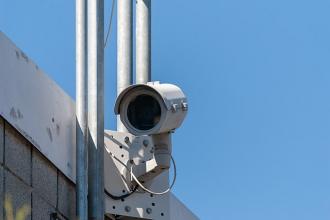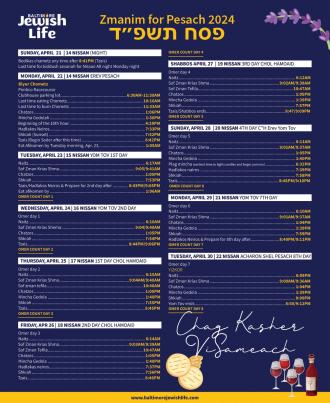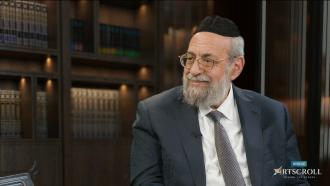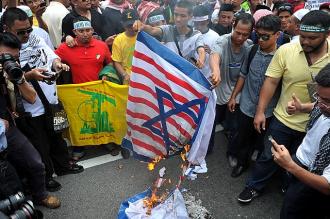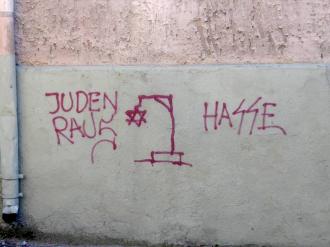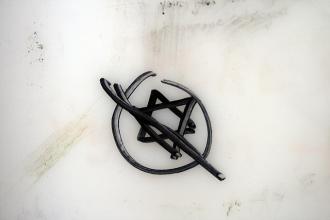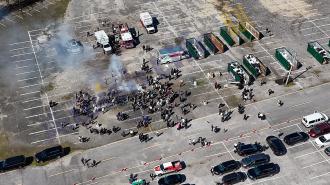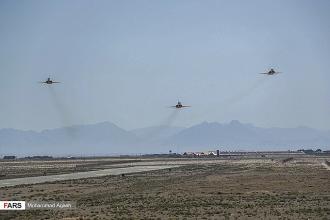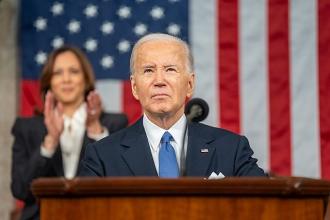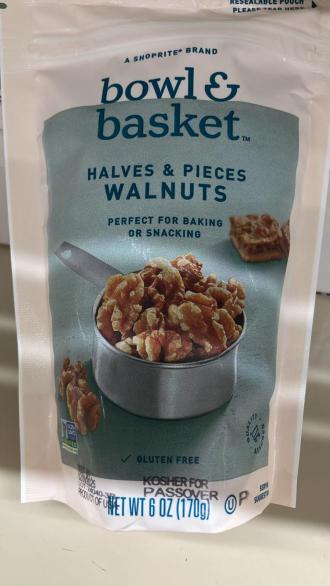President Trump and Chinese Vice Premier Liu He signed an initial “Phase One” trade deal Wednesday, freezing an almost 20-month trade war between Washington and Beijing and giving Trump a political boost as he seeks reelection.
In the agreement, China committed to boosting purchases of U.S. goods and services by $200 billion over the next two years, including $77.7 billion for manufactured goods and $32 billion for agricultural products.
“Today we take a momentous step, one that has never been taken before with China, toward a future of fair and reciprocal trade as we sign Phase One of the historic trade deal between the United States and China,” Trump said at the signing ceremony.
“Together we are righting the wrongs of the past and delivering a future of economic justice and security for American workers, farmers and families.”
The deal will halve 15 percent tariffs on $120 billion of Chinese imports, but leave 25 percent tariffs on an additional $250 billion of imports in place. Agreement on the deal prevented a planned increase in the tariff rate in October and a new round of tariffs in December.
But a senior administration official told reporters the pact did not include specific commitments from Beijing to drop its tariffs, raising the prospect that the world’s two largest economies could reignite their trade war down the road.
Speaking to CNBC on Wednesday morning, Treasury Secretary Steven Mnuchin said Trump could reimpose tariffs in the event that China reneges on its commitments in the deal.
The Trump administration said the agreement makes progress on intellectual property, forced technology transfer, agriculture, financial services and currency, but acknowledged that significant issues remain for future negotiations.
“It doesn’t achieve the big picture goals of what the administration said they wanted to achieve from the start, but the administration doesn’t claim that it did,” said Tim Keeler, who was chief of staff at the Office of the U.S. Trade Representative during the George W. Bush administration.
Trump has raised the possibility that he could postpone “Phase Two,” which is expected to address thorny issues like intellectual property, technology, state-owned enterprises and industrial subsidies, until after the November election.
Still, the agricultural component of the initial phase represents a victory for Trump. Agricultural exports to China could rise by as much as 50 percent and exceed record highs set in the previous decade, providing economic relief to farmers who have lost business and, in some cases, faced bankruptcy as a result of the trade war.
“If it actually happens, those are huge numbers,” said Keeler, who’s now an international trade attorney at Mayer Brown. But it could take six months to gauge whether China follows through on its commitments, he said.
Top White House economic adviser Larry Kudlow told reporters before the signing ceremony that the U.S. got about “half” of what it was looking to achieve with China in the deal. But he portrayed the initial pact as “historic.”
“The other half, it’s not that we didn’t get it, it’s just incomplete,” Kudlow said. “The heavy lifting here was getting Phase One — make no mistake about that. Nothing like this has ever happened before in history.”
Markets reacted somewhat favorably to the deal, with the Dow Jones Industrial Average closing up 90 points, or 0.31 percent. At one point Wednesday, the index hit a record 29,127 before closing at 29,030.
Business groups, relieved at a pause in the trade war, commended the progress. They also called for the lowering of remaining tariffs and advancing Phase Two.
“This deal provides much needed certainty to American businesses as they begin the new year,” said U.S. Chamber of Commerce CEO Thomas Donohue. “We hope this deal will usher in a new era of trust between both countries and pave the way for Phase Two negotiations to begin in a timely manner.”
The president signed the deal in the East Room of the White House, where he was joined by a Chinese delegation, top administration officials and several high-profile guests, including Fox Business Network host Lou Dobbs, GOP donors Sheldon Adelson and Miriam Adelson and former Secretary of State Henry Kissinger, who served as an intermediary for the administration in its negotiations with Beijing.
Trump spent about 45 minutes recognizing each of the lawmakers and business officials in attendance, while complaining about trade deficits and criticizing Democrats and impeachment.
The White House sought to frame the event as a signature achievement for the president, even amid questions about the effect it will have on the U.S. economy and what comes next.
Critics of the agreement, such as Senate Minority Leader Charles Schumer (D-N.Y.), argued that the deal’s greatest achievement was pausing a trade war that Trump initiated.
“Though President Trump is touting this agreement as the ‘biggest ever,’ I believe the stunning lack of substance and long-term reform achieved will harm American workers and industry,” Schumer said Wednesday.
Speaker Nancy Pelosi (D-Calif.) panned the signing as a “showy television ceremony to try and hide the complete absence of concrete progress.”
The signing comes as the Senate prepares to advance another Trump trade achievement, the United States-Canada-Mexico Agreement. The deal, already passed by the House, would update the 1994 North American Free Trade Agreement, a key campaign promise.

